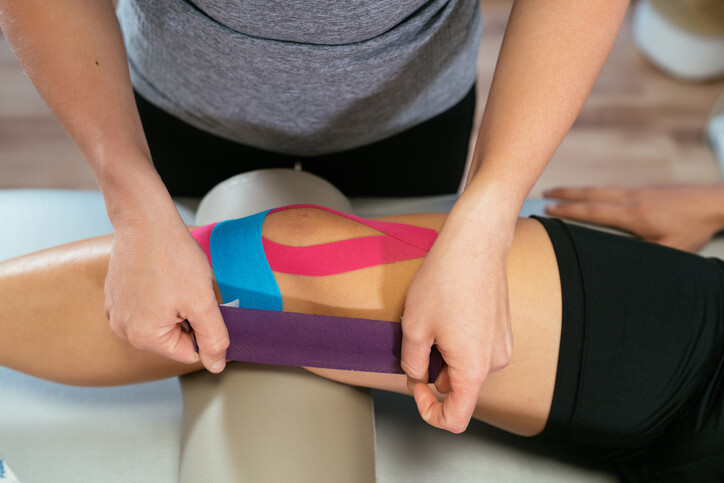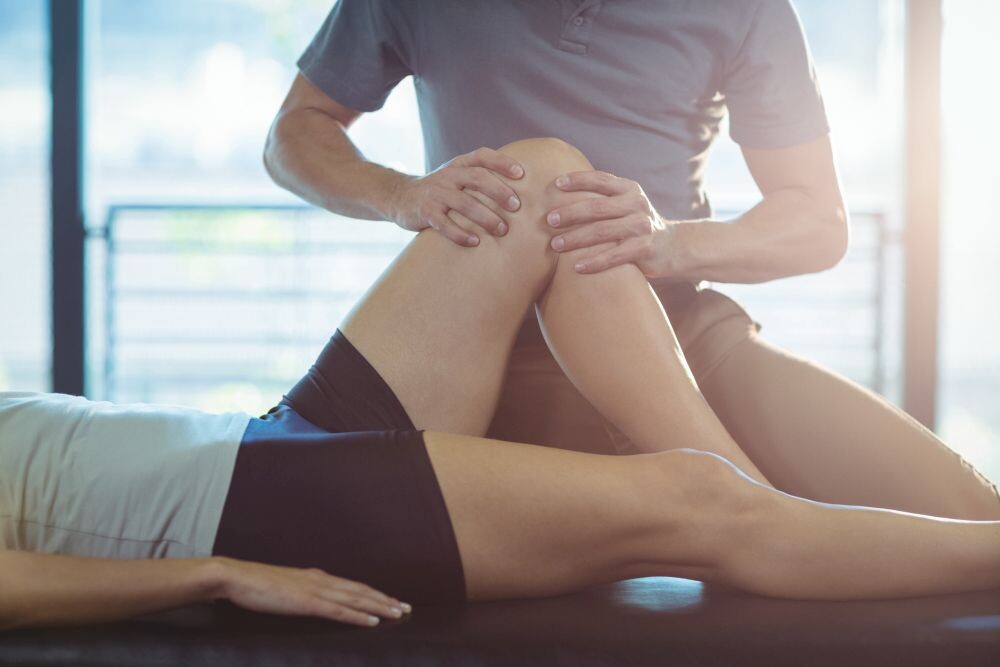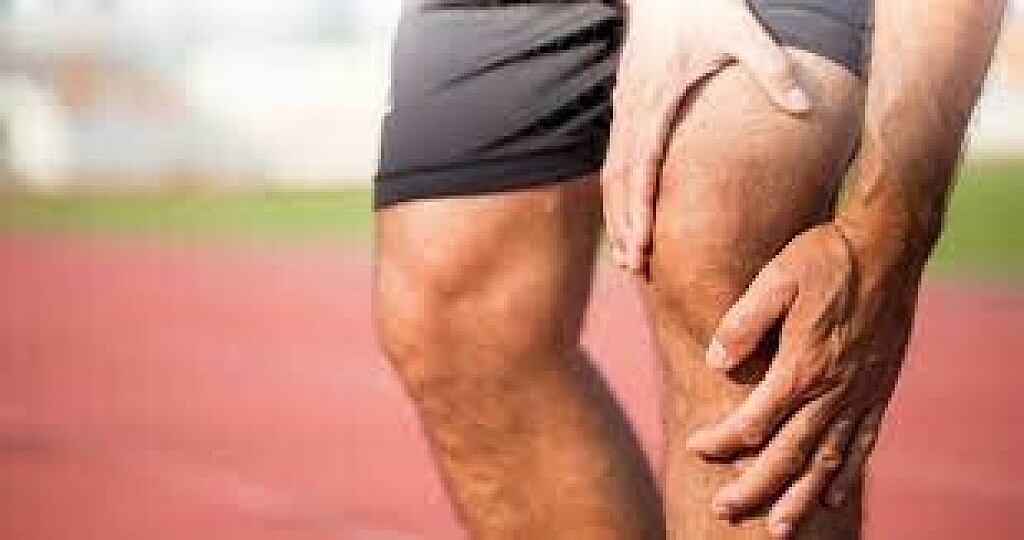Running News Daily
Running News Daily is edited by Bob Anderson. Send your news items to bob@mybestruns.com Advertising opportunities available. Train the Kenyan Way at KATA Kenya and Portugal owned and operated by Bob Anderson. Be sure to catch our movie A Long Run the movie KATA Running Camps and KATA Potato Farms - 31 now open in Kenya! https://kata.ke/
Index to Daily Posts · Sign Up For Updates · Run The World Feed
Runner’s knee requires more tailored treatment, new study shows
Patellofemoral pain, also known as runner’s knee, is common among runners. Not only is it painful, but it can be difficult to get rid of, and in many cases, it can become a recurring problem. Reasons why runner’s knee is so difficult to cure permanently have remained a mystery, but new research has shed some light on where we might be going wrong. According to a new study from the University of Connecticut, traditional rehabilitation methods for chronic knee pain may not be targeting the right muscles. This research highlights the need for personalized rehabilitation to effectively address patellofemoral pain.
The study
The study, published in Physical Therapy in Sport, aimed to identify the commonly weaker muscles in patients with chronic patellofemoral pain. Previous research indicated that the glute and quad muscles were the main targets for treatment, so the researchers expected those muscles to be smaller in size in injured runners compared to healthy runners.

Surprisingly, the researchers found no significant differences in the size of these muscles between patients with patellofemoral pain and patients without. Instead, they discovered that the muscles at the front of the hips, the deep external hip rotators and hamstrings were smaller. They also found that not all patients had impairments in the same muscles.
What does this mean for runners?

These findings have important implications for runners dealing with knee pain. The traditional approach of targeting the quads and hip muscles may not be sufficient for all individuals.
“I think it demonstrates the need to individualize patients’ treatment,” says lead researcher Neal Glaviano. “We, as clinicians and researchers, need to quantify which muscles have impairment and target those in a patient’s treatment.”
Glaviano’s next step will be to investigate how therapists and sports medicine practitioners can better tailor rehab programs to individuals, so they target the specific muscles that are causing the injury.
The takeaways
While the need to tailor rehab programs to the individual isn’t groundbreaking information, this study highlights that the current approach to treating patellofemoral pain in runners isn’t being tailored enough, and in many cases, may not be focusing on the right muscles. The traditional focus on the quads and hip muscles may only be effective for some individuals.
By identifying and targeting the specific muscles that are weaker in each patient, rehabilitation interventions can be better tailored, potentially improving long-term outcomes and the overall quality of life for those experiencing chronic knee pain.
by Brittany Hambleton
Login to leave a comment




